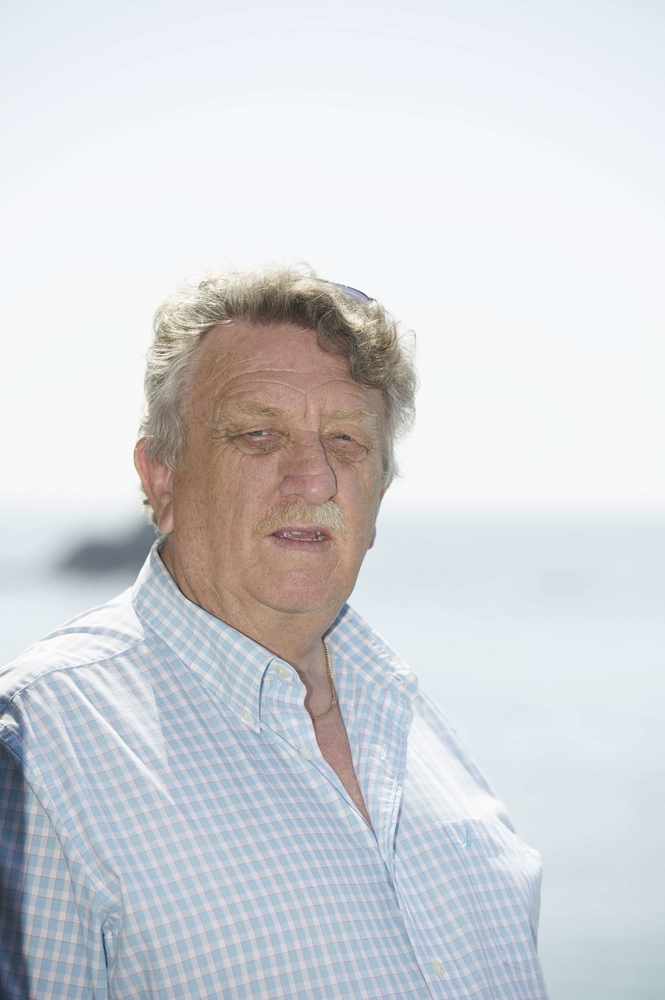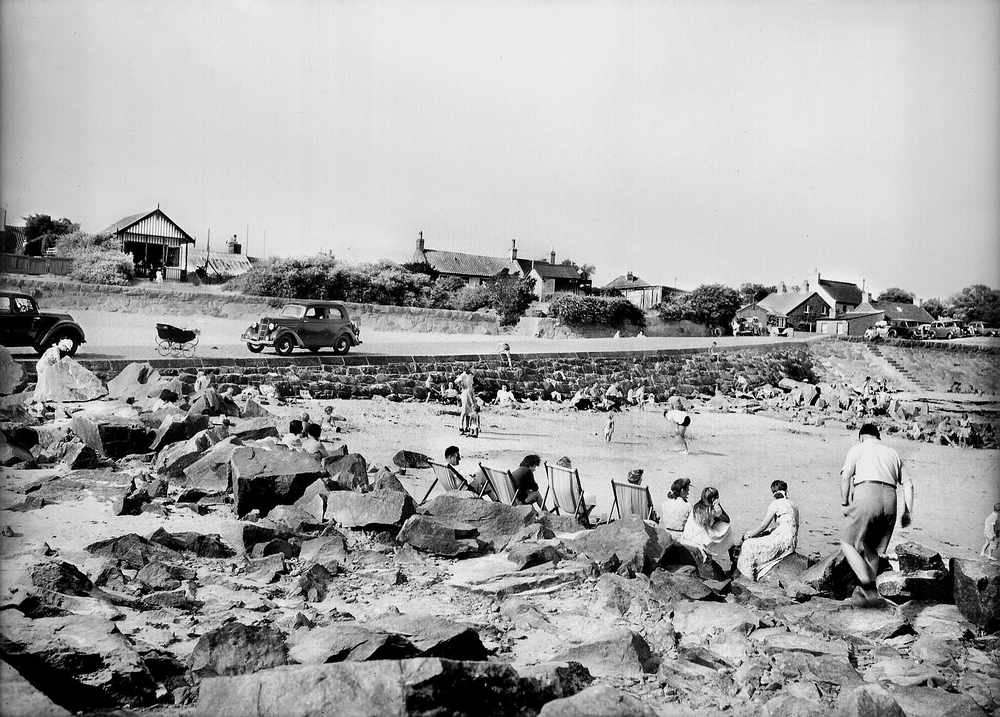Continuing the new JEP series celebrating the Island’s coastline, historian Doug Ford takes a look at the history of Green Island
To the east of Grève d’Azette beach lies Le Croc du Hurté. Hurté was a family name in the 14th and 15th centuries while a ‘croc’ was a small promontory or hook of land.
While this description may appear a little grandiouse today, in the medieval period this small promentory actually extended out to what we now know as Green Island or to give it its old name, La Motte – the mound. Richard Popinjay from Portsmouth drew a map of Jersey for Queen Elizabeth I in 1563 which shows La Motte still part of the main island. At some stage in the 17th century a severe storm must have caused the waves to smash and wash away the thin strip of land connecting it to Le Croc du Hurté.
Archaeological excavations carried out between 1911 and 1914 showed that the islet had been occupied over a long period of time. Despite being quite small the site is unusual because it had several both ritual and domestic elements, as well as providing important environmental evidence relating to changes in sea level. The remains of a series of prehistoric rubbish heaps, dating between 1,500-300 BC, containing fragments of pottery, animal bones, stone tools and shells were found.

At least 18 stone cist (box) graves were also found which were originally believed to be Bronze Age but are now seen as being probably medieval – two of them were removed and re-erected at La Hougue Bie Museum. A heap of rubble close to the graves was identified as being a prehistoric cairn but is now thought to be the remains of a small chapel.
Of course it wasn’t only archaeologists who found bodies on Green Island.
In September 1858 some children found a skeleton buried on the islet. The mystery was cleared up at the coroner’s inquest by 82-year old James Le Templier who said that he had discovered the body sewn in a hammock washed up on the islet about 50 years earlier. As there had been a naval engagement between a Royal Navy vessel and a French Navy brig a few days before, the Constable of St Clement declared the body to be that of a French sailor and ordered the soldiers from the Roqueberg battery to bury it on La Motte.
Just beyond Green Island among the off-shore reefs was the site of Jersey’s first oyster farm.
The marine biologist Joseph Sinel and his son-in-law, James Hornel of the Jersey Biological Station, maintained that the conditions in Island waters were right for breeding oysters as they did in nearby France. He managed to secure some private backing and in 1894 the Jersey Oyster Culture Company Limited was set up with himself as manager. One million brood oysters and about the same number of one- to three-year-old oysters were imported from France and were laid down in two parks. Everything was going well and then oysters were linked with an outbreak of typhus in England, the public lost confidence and stopped buying them, which resulted in the Jersey Oyster Culture Company folding by 1899.
Between the islet and the shore there was a safe anchorage for small fishing boats which were usually painted black, using coal tar acquired from the gasworks in Town.
In the early part of the last century the three main fishing families here were the Pirouets, the Ahiers and the Mourants. The Pirouets also built some of the small boats – it took two men a week to build a 12-14 ft boat for which they would charge about £25.
It was also from this beach that on
3 May 1942 Peter Hassall, Denis Audrain and Maurice Gould attempted to escape during the Occupation.
Unfortunately, their small boat sank amongst the rocks and Denis was drowned. Maurice and Peter were taken prisoner and deported to SS camps in Germany where Maurice died in October 1943. A stone at the head of the slip commemorates the three teenagers’ act of defiance.
The slipway, La Montée de la Sordonnière, was built about 1870 and takes its name from the beach – sordonnière means a sea slug.
There are plenty of other things to look for in the rock pools here. In 1956 a Polish gentleman on holiday found a bonito or skipjack tuna, stranded in one of them.
At the far end of the beach is Rocqueberg. A guardhouse with an associated magazine was built here in 1691 from which the men of the St Clement’s militia kept a look-out in times of emergency. In the late 18th century two 24-pounder cannon were positioned here on a wooden platform behind an earth wall or boulevard.
In 1797 an accidental explosion destroyed the original guardhouse and because of financial constraints it was not replaced until 1802. By then a small detachment of the regular army was based here and it was these men who were tasked with burying the French sailor on Green Island.
With the end of the Napoleonic War the gun position was abandoned.
This didn’t stop the shooting though, as a report in the newspapers in October 1861 shows that fishermen at Pontac were complaining that the militia target practice at Green Island was making it dangerous for them to get out to sea. Both the Lieutenant-Governor and the Attorney General heard their complaints and as a result the Grenadier companies of the Town Battalion had their practices cancelled.
However, Rocqueberg is probably more famous because of its association in the 16th and 17th centuries with witches who would gather around the 40 ft rock outcrop in the garden of the house here. One of the legends associated with the witches of Rocqueberg is that they levied a toll on the local fishermen of a thirteenth of their catch. If you want to find out about it then visit the Maritime Museum.






